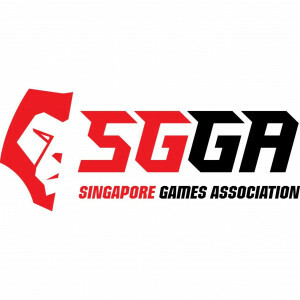/ 05.02.2024
Reordering Optimization: Maximizing Memory Efficiency in C++ Structures
Introduction
Efficient memory utilization is a crucial consideration in software development, especially when working with resource-constrained systems. In C++, understanding how classes organize their data in memory can lead to significant memory optimization opportunities. One such technique is reordering optimization, which involves rearranging the fields within a structure to minimize padding and maximize memory efficiency. In this article, we will explore the concept of reordering optimization and demonstrate its impact on memory utilization using C++ structures.
Understanding Memory Layout
In C++, classes and structures allocate their data sequentially in memory based on the order of field declarations. The compiler aligns the fields according to their respective sizes and alignment requirements, often using padding to maintain alignment constraints. The padding ensures that fields fall on memory addresses that are multiples of their alignment size.
Reordering for Memory Efficiency
By reordering the fields within a structure, we can minimize the amount of padding required, effectively reducing the overall memory footprint. Let's consider an example structure, struct A (its layout is given below). The original memory layout of struct A results in significant padding, negatively impacting memory efficiency.
Consider we are on a 64-bit machine. In struct A, the largest field is the pointer b, which has a size of 8. Consequently, the alignment value for the entire structure is also 8. Following the block division rule, the structure occupies 32 bytes, with 11 bytes used for padding, which accounts for over one-third of its total size.
To improve memory utilization, we can reorder the fields. In our example, we move the int field a to the beginning of the structure, followed by the char field d. Then, we place the pointer b and the boolean values c0 to c7. This reordering eliminates the need for additional padding after a and reduces the total padding required for the structure to 3.
To improve memory utilization, we can reorder the fields. In our example, we move the int field a to the beginning of the structure, followed by the char field d. Then, we place the pointer b and the boolean values c0 to c7. This reordering eliminates the need for additional padding after a and reduces the total padding required for the structure to 3.
Optimizing Boolean Values with Bitfields
In our revised structure, the group of boolean values c0 to c7 can be further optimized. Since boolean values only require a single bit, we can define them as bitfields. By specifying that each boolean value occupies one bit, we can conserve memory and eliminate any unnecessary padding within the structure.
As a result, the size of the structure has been reduced by half. If the code includes large arrays of data using this structure, their total size will also be reduced by half.
Compiler-Specific Optimizations
Different compilers may have additional optimizations that can further enhance memory efficiency. For instance, the Clang compiler allows class fields of derived classes to be placed without separation from the fields of the base class. Exploiting this feature can yield additional memory optimization benefits. In the case of targeting the Nintendo Switch platform, which is compiled using Clang, we can leverage this property to reduce the memory occupied by the structure.
Benefits and Considerations
Reordering optimization can significantly reduce the memory footprint of structures. By minimizing padding and leveraging bitfields, we can achieve substantial memory savings. This optimization is particularly crucial in resource-constrained environments such as embedded systems, mobile devices, and gaming consoles, where efficient memory utilization is paramount.
Conclusion
Reordering optimization is a powerful technique for maximizing memory efficiency in C++ structures. By rearranging fields and leveraging features like bitfields, developers can minimize padding and reduce the overall memory footprint of their software. This optimization is especially valuable in memory-constrained scenarios, where efficient memory utilization is crucial for performance and resource management. Understanding memory layout and employing reordering optimization techniques can lead to more efficient and optimized software solutions.



29.09.2023
We are thrilled to announce that Lunate has officially become a member of the prestigious Singapore Games Association (SGGA). This marks a significant milestone in our journey to bring fantastic gaming experiences to players worldwide.
18.09.2023
Since the rise of electronic computing devices, their entertainment possibilities have grown. Computer performance improved, spawning complex games. Dedicated gaming consoles, Atari, SEGA, Nintendo, capitalized on gaming trends. As tech progressed, PCs and consoles shared ideas, converging consoles into x86-compatible computers with unique components and OSs.


